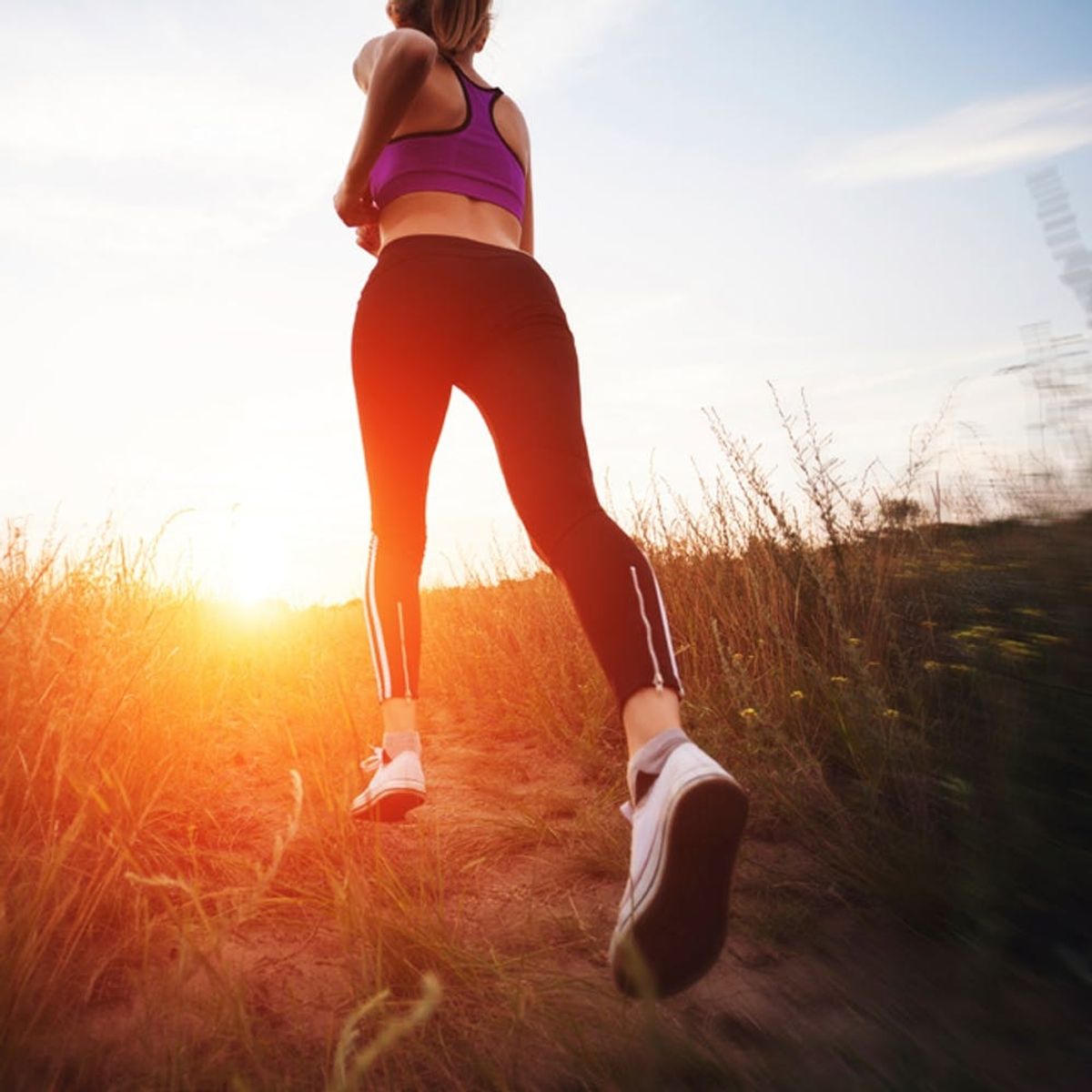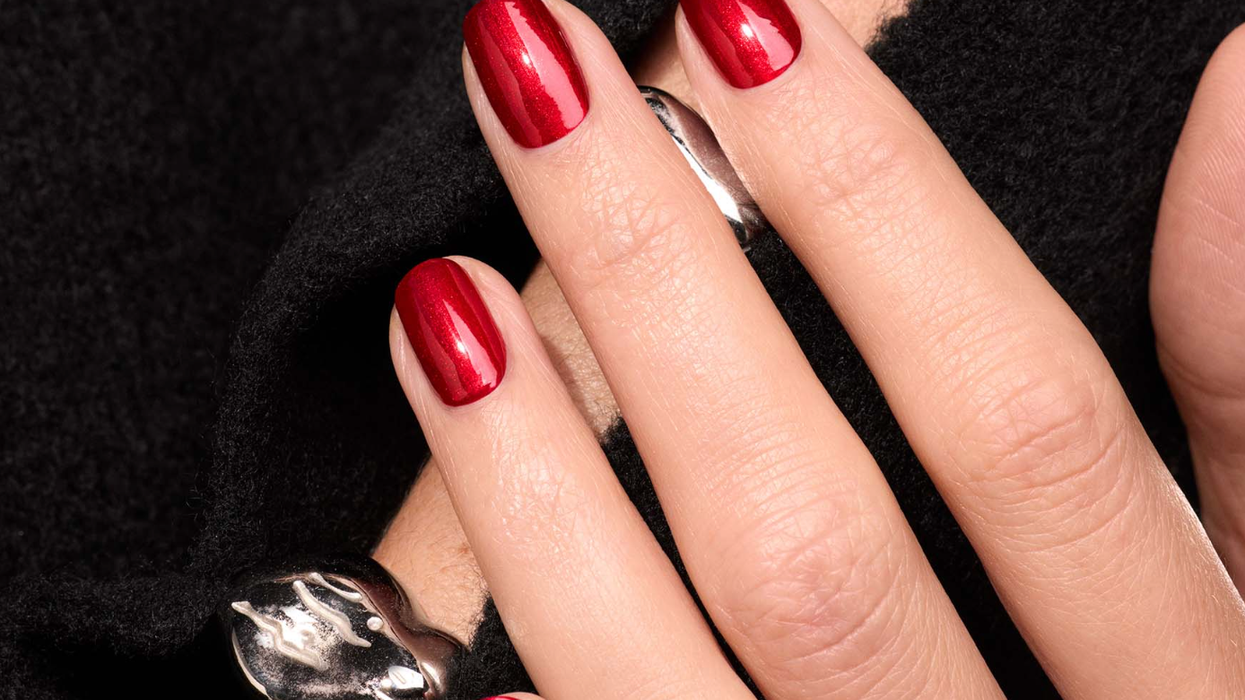Find the exercise routine of your dreams.
How to Fall in Love With Your Workout (and Ditch One You HATE)

I hated running — the way it made my lungs feel, the boredom, the almost getting hit by cars, the fact that I was slower than everyone else. But I also enjoy tacos, craft beer and not having heart attacks, so I had to make some compromises. Running seemed to be the sensible choice. Besides, everyone else was doing it.
So I made awesome playlists. I bought great shoes, performance socks, dry-wick everything and even a hydration belt, which is runner-speak for “fanny pack with water bottles.” And then I ran. A lot. Eventually I ran a little faster and a little farther. When running became “the thing,” I did 5ks, obstacle courses, and then a couple of half marathons. Even with the medals, free chocolate milk, and chalk powder thrown at my face, I still whined and cursed my way through each run.
While training for my third half marathon, I injured my knee to the point that I couldn’t go two miles without pain. I was mercifully forced to put training on hold. In the interim, I opted for a two-week new client special at a local hot yoga studio. I knew that it would be low-impact enough for my knee to heal. Also, they gave you a cool, lavender-scented towel at the end of every class, which was pleasant.
Over the next few weeks, I noticed a remarkable difference in my mind and body. For one, I didn’t hate this. I used to refuse to run when it was 80 degrees outside, whereas I looked forward to doing yoga in 100-degree heat every day. The fact that I enjoyed it so much also inspired me to push myself. I had always been flexible, but over the two weeks, I was able to do more intense twists and backbends. I was even brave enough to do a headstand (against the wall, of course). Rather than feeling frustrated throughout the process, I felt empowered. When I fell doing yoga, it’s because I was being brave, and nothing was hurt except my pride. When I fell while running, I sprained my ankle on a dip in the trail. And anytime I needed help, the instructors struck a fine balance between pushing me to my edge and reminding me to be kind to my body.
It occurred to me — running was not my thing. I was never going to become exceptional at something I hated. Running was never going to inspire me or calm my mind. And for the first time, I felt okay with that. I found a form of exercise that was sufficiently challenging, profoundly impactful on my overall well-being, and still really effective at burning off those tacos.
Ultimately, the best fitness routine is the one you will do habitually and long-term. Dr. Eddie Jo, Assistant Professor of Physiology and Metabolism and Director of the Cal Poly Pomona Human Performance Research Lab, suggests answering these five questions. It could lead to your best workout plan ever.
1. How do you really like to have fun? Maybe you enjoy dance-inspired activities, or releasing your aggression on a punching bag. There are myriad ways to sweat it out. With the advent of ClassPass and Wildfire Life, it’s never been easier to try something different and discover what really gets you moving. And remember, one person’s reformer machine is another person’s torture device. Just be honest with yourself about what you like.
2. For real, what are your goals? One common pitfall in setting fitness goals is selecting too many at once, not realizing that you won’t find an effective way to achieve all of them simultaneously under one routine, Jo says. He once had a client who wanted to lose body fat, improve muscle mass, increase strength and improve endurance. His advice? Break it down into shorter goal-specific phases. For example, focus four to six weeks on weight-loss, then another six to eight weeks on building muscle mass and strength and perhaps cardiovascular fitness and muscular endurance after that. “This way you can optimize a training phase toward a particular result.”
3. Do you (honestly) know your limits? In a perfect world, our physical capabilities would be as limitless as people in Nike commercials. But to stick to a workout long-term, you need to be realistic. “It is important from a physiological perspective to engage in a workout that is challenging and something your body is unaccustomed to,” says Jo. But pushing too hard may cause you to quit, burn out or get injured. For example, he says, if you never lifted a weight in your life, it will be detrimental and discouraging to go into an advanced CrossFit workout.
4. Where do you feel most comfortable getting sweaty? People thrive in spaces where they feel relaxed and confident, Jo says. Finding an ideal environment can help you focus on your workout and limit distractions. “Those who hate crowds or might be self-conscious exercising might prefer a more boutique studio experience. Others may enjoy exercising outdoors as opposed to on a treadmill inside a gym.” Outdoor activities don’t automatically relegate you to running, hiking or biking. Paddleboard yoga, boot camp and kayaking are just a few other ways to get fit in fresh air. If you prefer the indoors, be selective. Every location has its own personality, from posh to zen to more industrial than a Rocky movie. You’re bound to find something that vibes with you.
5. What types of instructors do you click with? Having the right guide will help you improve and inspire you to keep coming back. But what constitutes a great trainer? Jo says reputable certification is a start, but he recommends a trainer who truly specializes in your goals and fitness discipline. Like any important relationship, it’s also about chemistry. “You want to feel that the trainer effectively answers your questions, and also has a good balance of assertiveness and encouragement,” says Jo.
Bottom line: Be honest with yourself, be picky about your options and get moving!
What workouts do you absolutely love? Let us know in the comments!
(Photos via Getty)










